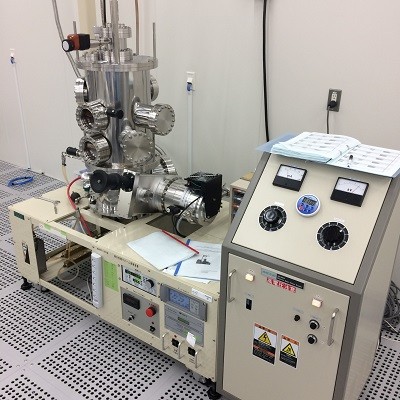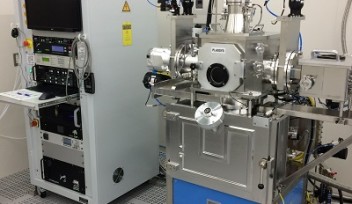Electron Beam Evaporator 2
Features
Electron gun 2kW Output voltage: 3.5 to 4.6kV Output current: 0 to 500mA Resistance heater power 1kW, up to 80A Rate monitoring using single Quartz crystal balance Substrate size up to 2-inch Stage rotation 360° manual
Tilting angle: 0 to 60° In-situ configuration: - 3 crucibles of 1cc (e-beam) - 1 boat (resistance heater) Available materials: - Au (Gold) - Ag (Silver) - Cu (Copper) - Ti (Titanium) - Pd (Palladium) - Pt (Platinum) - Al (Aluminum) - Nb (Niobium) - Co (Cobalt) - V (Vanadium) - Ni/Cr (Nichrome) - Ni (Nickel) - Cr (Chromium) - Bi (Bismuth) For additional material, contact nanofab team.











